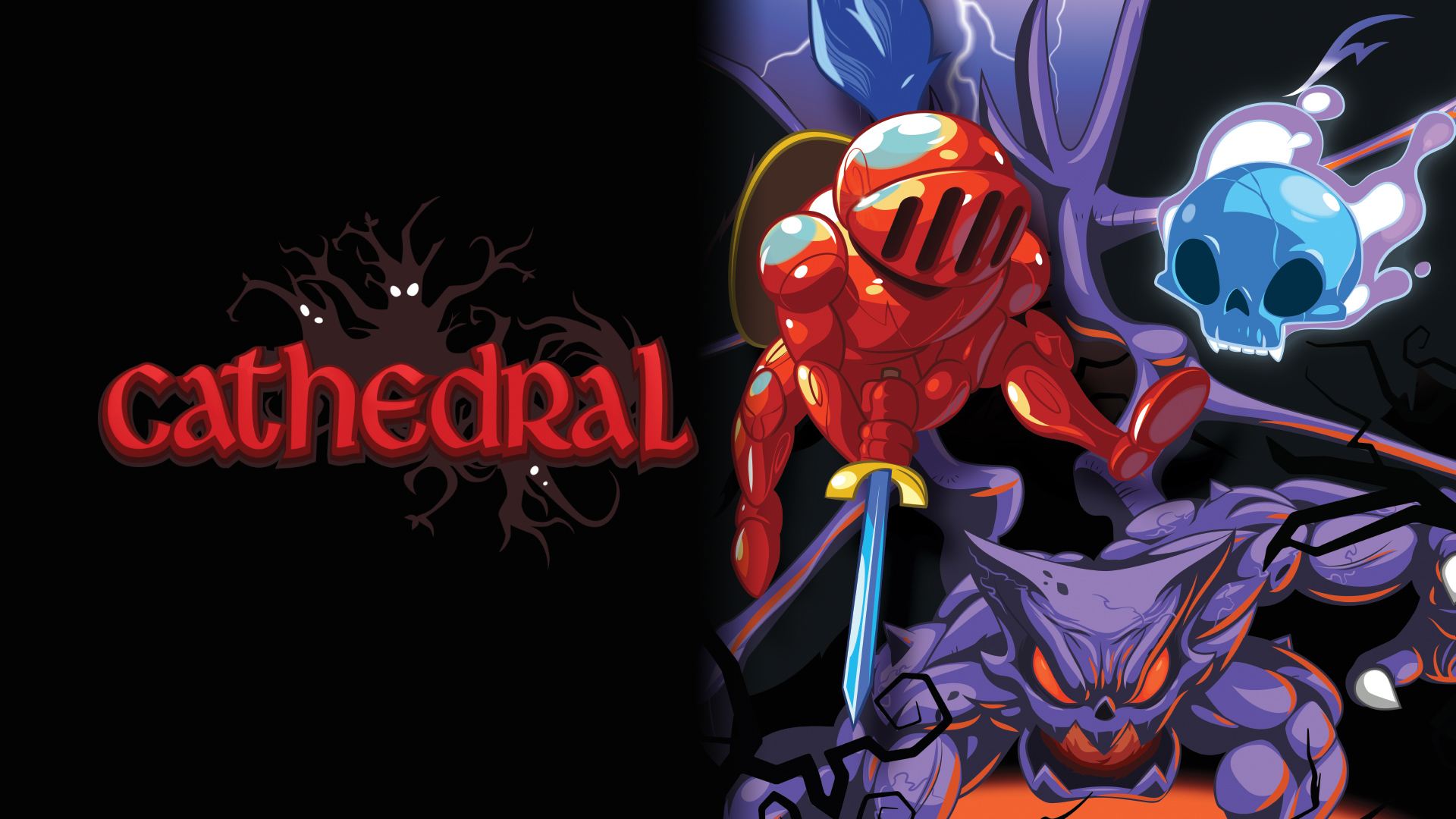
The mid 2010s was a great time to be an indie developer who aimed to craft retro style games based off childhood experiences from classics. Shovel Knight in particular was a break through for retro inspired indie games, and the floodgates were busted wide open after that.
There was Inti Creates and their indelible brand of different retro action platformers with the Mighty Gunvolt, Blaster Master Zero and the Curse of the Moon spin-off of Bloodstained. Wayforward had consistent success with their Shantae games, and Digital Devolver found success releasing many action platformers from developers from all over the world.
Pretty much everybody had thrown their hat into the ring and during this time. Decemberborn Interactive (also known as Decemberborn AB) was toiling away at Cathedral since 2014- around the time interest in 2D retro platformers were at their most popular. After its initial release in 2019 on PC, a Switch port has finally come. After all this time, has Cathedral missed its chance for glory?
Cathedral
Developer: Decemberborn Interactive
Publisher: Elden Pixels
Platforms: Windows PC, Nintendo Switch (reviewed)
Release Date: February 18, 2021
Players: 1
Price: $14.99 USD
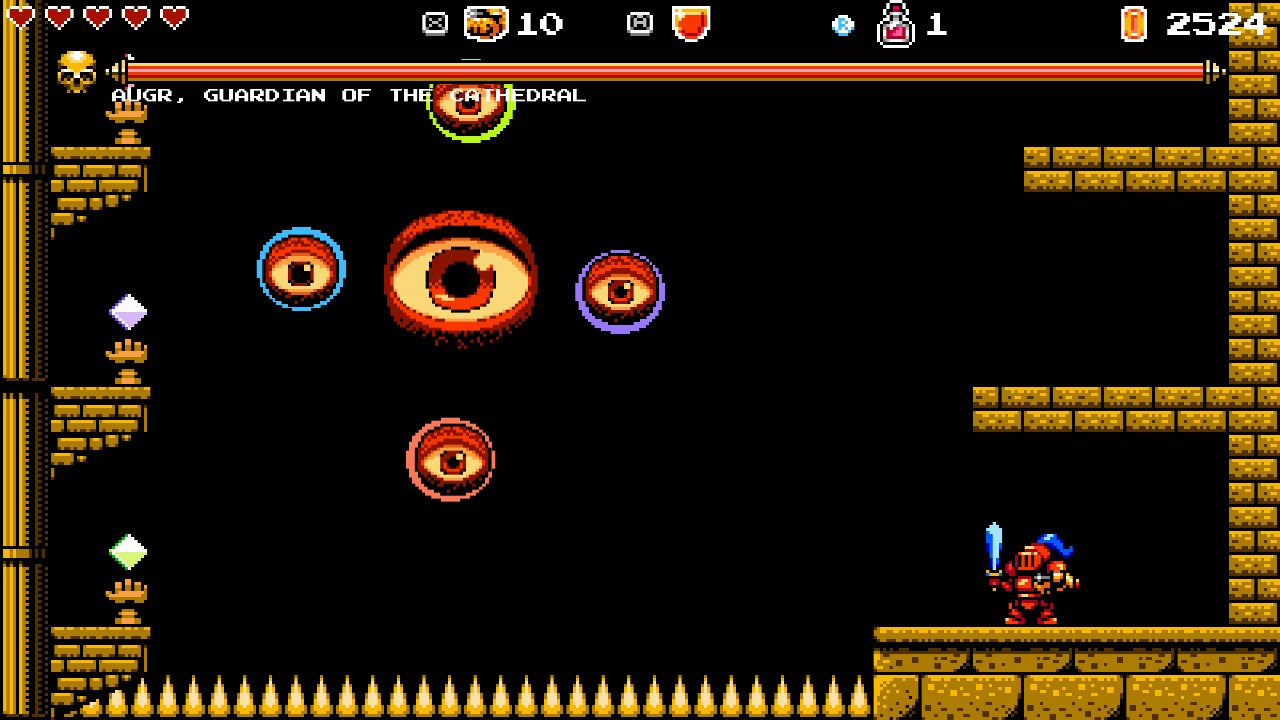
Like all indie retro style Metroidvanias, Cathedral wears its influences proudly on its sleeve. The protagonist is able to pogo-hop on threats and obstacles like Scrooge McDuck and Shovel Knight. He also has Samus’ map system, Simon Belmont’s sub weapons, and Link’s hearts. There is even a little bit of Ghosts ‘n Goblins in the enemy design.
Cathedral takes many elements from established classics, and stirs it all together into one big spicy hand-me-down curry. In a desperate chase to give lip service to the classics, the developer failed to implement their own creative spin. The result is a very safe Metroidvania, that has no real identity of its own and comes off as very generic.
It is too bad that there is so little of Cathedral that stands out, because the foundation of this game is very solid and polished. The balance is geared towards a much more challenging game than what might be expected. Some bosses have multiple forms that shake the action up and keep intrepid knights on their toes.
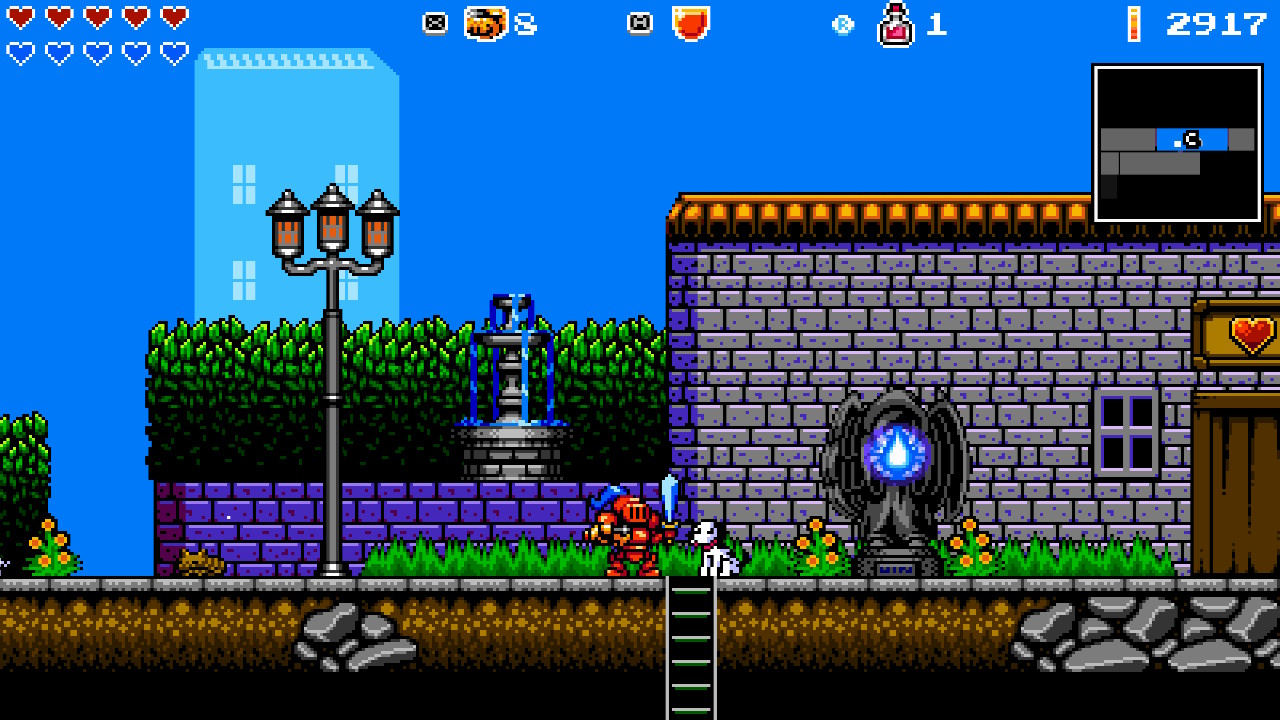
Despite its highly derivative nature, Cathedral‘s few original concepts do make for some interesting moments. For example, the magnet acquired leads to some cheeky puzzles that will have the protagonist hopping all over a wide area to pull boxes around in a maze.
The protagonist is noticeably responsive and snappy for a squat guy in armor. The platforming challenges are the kind of precarious gauntlets that Mega Man would negotiate; the kinds with disappearing floors and electrical currents streaming in mid-air. Acquiring the double-jump is when the game’s level design truly shines and the difficulty doubles down.
There will be threats coming in from all directions and boss battles with diabolical patterns to memorize. Dying in battle carries the weight of depleting carried gold; used to buy different upgrades and perks. Being able to carry more health potions will be crucial, but also very expensive. Overall, most items in the shop at the town are pricy, and terrible players may have to grind.
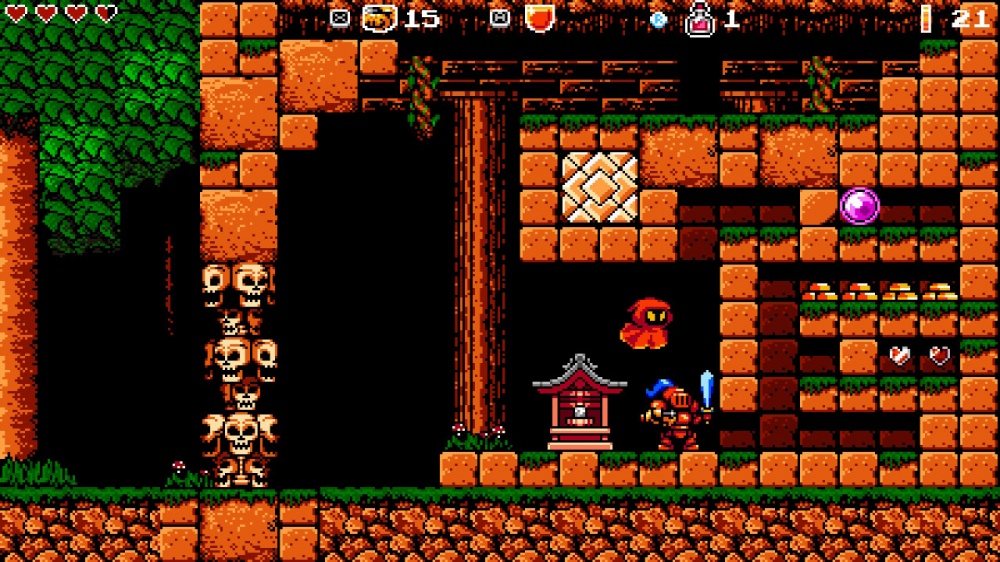
The one design flourish that helps draw gamers into the setting is the way it guides them deeper into the game. Cathedral has a hands-off approach that is unobtrusive, and only has dialogue when necessary.
Rarely does the game spell it out clearly, and respects the player enough to figure things out on their own. This invites users to explore Cathedral‘s nonlinear approach to level design, and means planning a route through some aggressive rooms to potentially get side-tracked by a secret area.
This is Cathedral doing what it does best, and it becomes apparent why this game came so late compared to its contemporaries. Cathedral‘s map is gigantic, much larger than most Metroidvanias, and the fast travel system becomes necessary when having to re-explore older areas. The developer clearly agonized over the level design and ensured it had an epic scope.
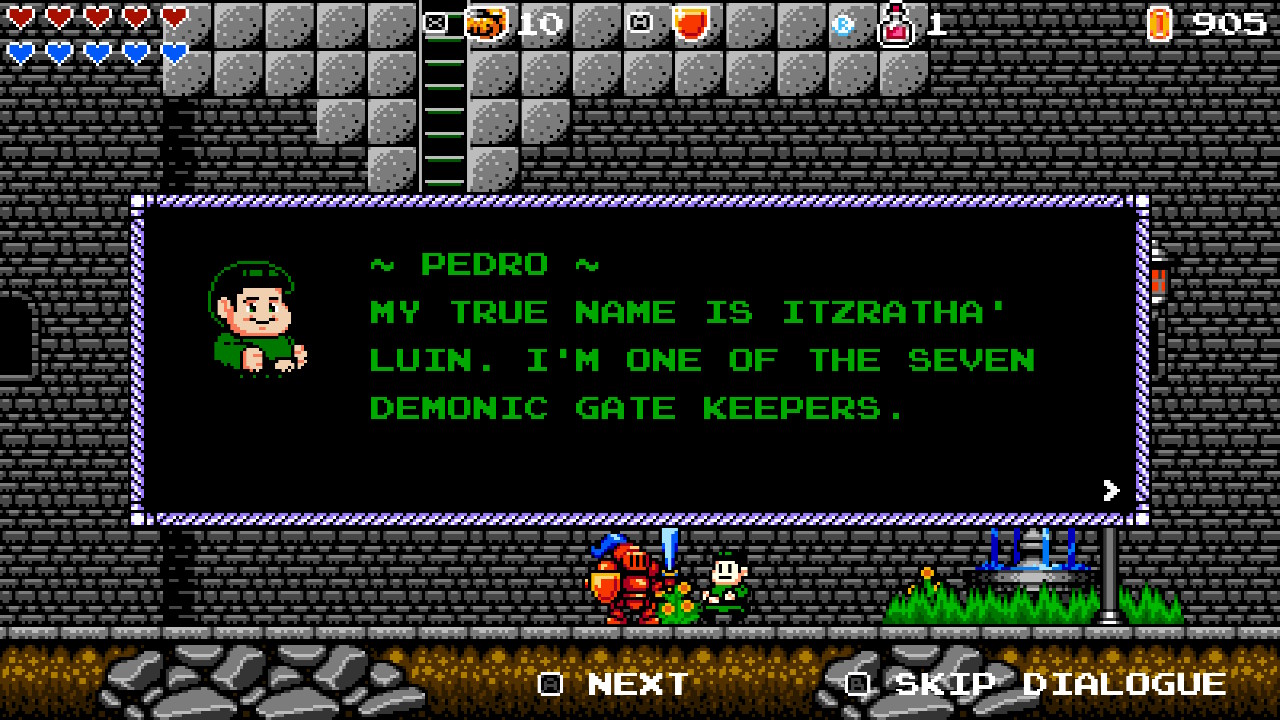
While the level design, placement of threats, and spacing of checkpoints has been carefully thought out; the same cannot be said for the art direction. Cathedral is not an ugly game, it is actually very artistically competent. It is however, a very generic and dull looking retro style platformer.
There is not a lot in terms of personality or creative character designs. Everything from the color pallet, enemies, protagonist, and even the bosses come across as very stock. Generic zombies, bats, and skeletons are the most played out kinds of threats in a game like this, and Cathedral features them with no irony or creative spin.
It is very of its genre, and all the effort put into the character and background animation are undermined by the milquetoast concepts. The music is thankfully riveting, with a surprisingly energetic yet haunting tune. It features melodies that sound like what you would expect for medieval sounding chiptune.
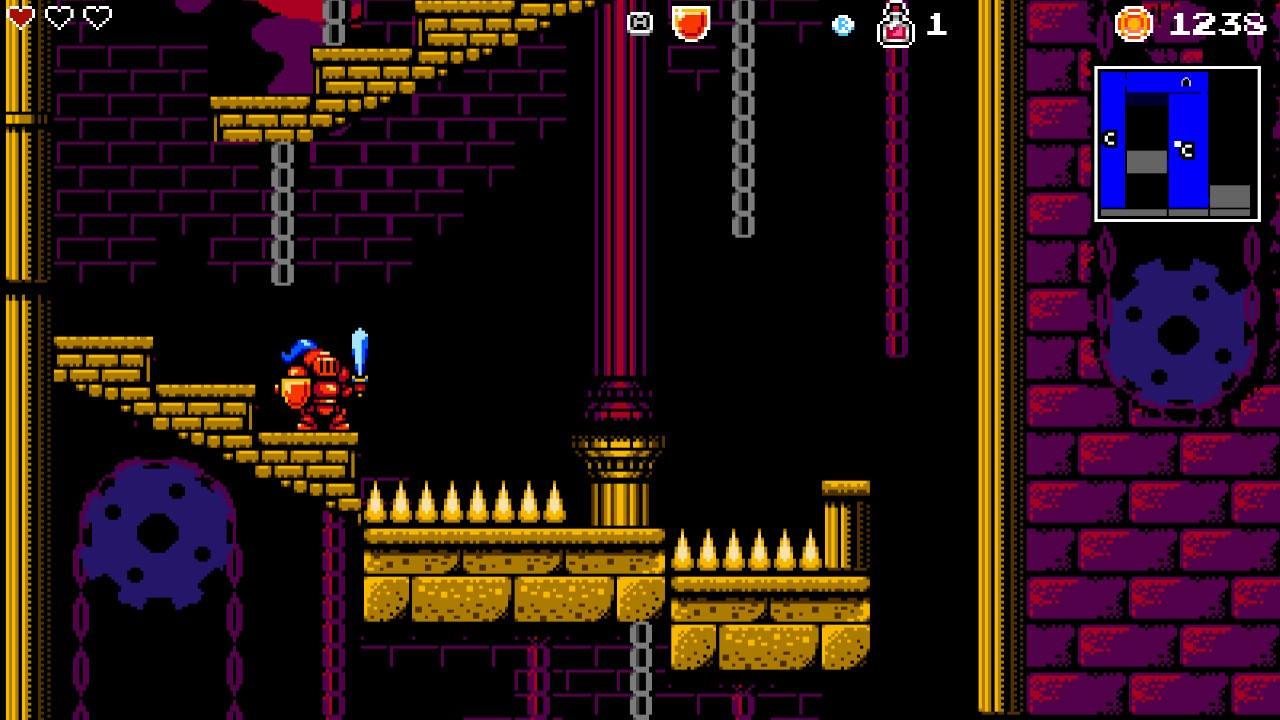
Like the NES games that inspired it, the story is not why you play something like this. There is a story, but it is very clearly an excuse to set players loose in a sprawling and interconnected super castle. The main objective is to collect orbs which are guarded by bosses. Defeating these guardians unlocks the path to fighting the big boss; Ardur.
There are other characters along the way, and Cathedral does make an attempt to flesh them out and give them some arcs, but it is only the barest minimum. One of the biggest driving questions to the story is the identity of the player-character, but the answer is no where near as interesting as the game would like you to believe. The knight is more compelling as a blank slate than anything the game’s author comes up with.
The main draw of Cathedral is the sense of exploration and air of mystery that older NES games tend to embody. The allure of the open-ended approach to making progress is very freeing, and it is refreshing to play a Metroidvania that eases up on the hand-holding in an era that is overzealous with directing player experiences.
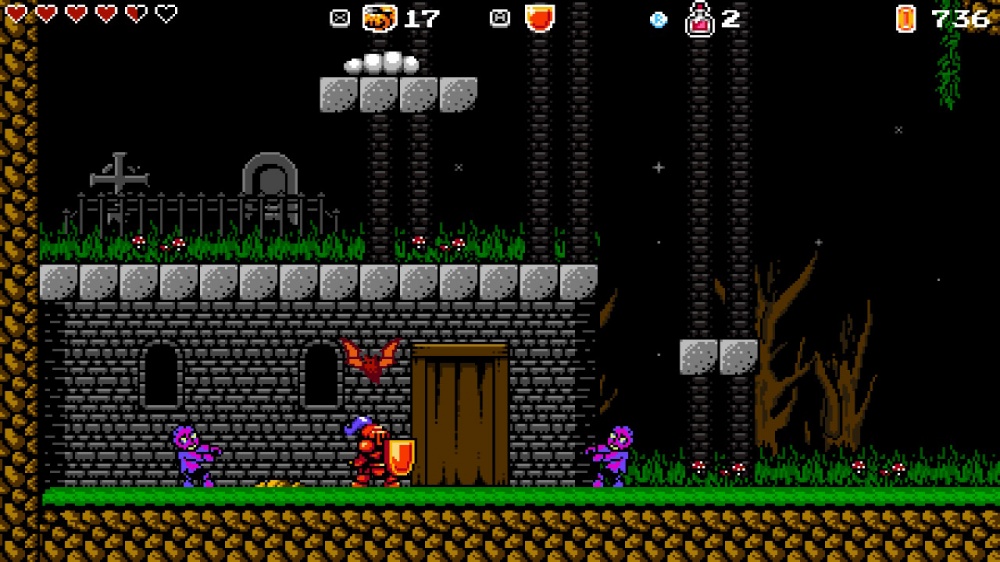
As alluded to earlier, Cathedral can be very challenging. Many of the gauntlets are very tightly designed, and the huge wave of relief that washes over you when you open up a cheeky shortcut feels awesome. The knight will have to use everything at his disposal to survive, and the required dexterity will exclude grandma from playing.
Gamers will be put to the test; with long series of continuous pogo-hops on enemies, that will need to combo into double jumps, that transition to dashes across falling floors. Compounded with the constant threat of flying enemies in wave patterns, Cathedral rarely lets up.
This righteous difficulty curve is generous, but the game is also quite long in the tooth. The length of the main game and the constant demand for precision and reflexes can wear thin after extended periods. This can take over 20 hours to get to the final boss, making this veer closely to RPG lengths. Games this long require some down time, or a more gradual build up for higher difficulty.
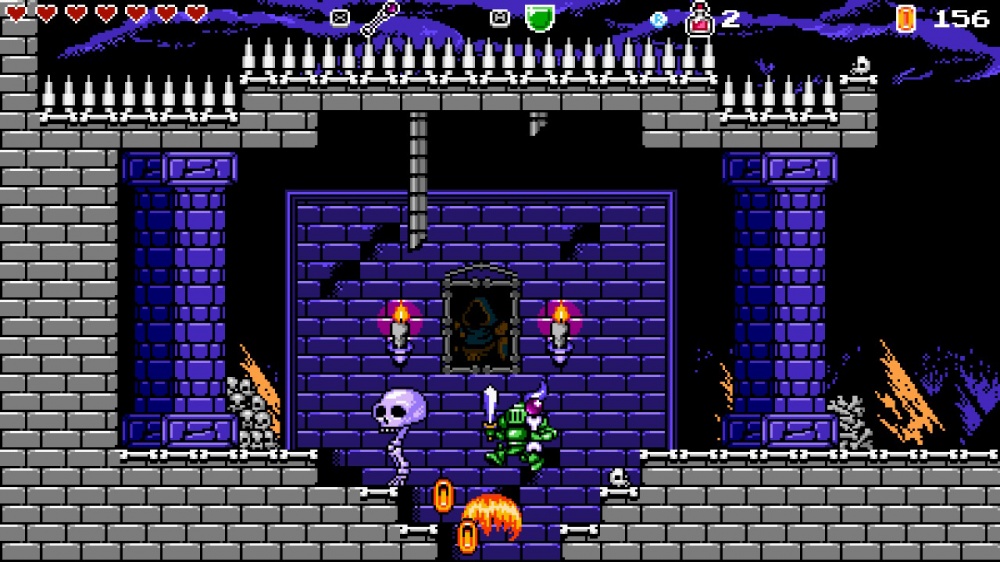
What Cathedral needs is settings to adjust the image quality to better fit the retro aesthetics. The recent Cybershadow had wonderful picture options that gave it a very authentic CRT display, and even had a choice to give it a “bad wiring” filter to make the image look more haggard.
It is too bad that Cathedral does not fully embrace the retro style by incorporating these visual flourishes, since they do go a long way in added a bit of texture to the pixel art. The stock designs don’t do the game any favors, and having hazy CRT filters and scanlines could have helped the atmosphere of the experience in a big way.
Cathedral is unfortunately very late to the 2D retro revival party. If this had come out around the time before the indie market got saturated with games like this, it would stand out and probably be remembered as a classic.
After years of being spoiled by so many stylish and creative takes on the genre, Cathedral has very little about it to stand out. Cathedral‘s lack of style or personality does not leave a lasting impact despite its rock solid foundation.
Cathedral was reviewed on Nintendo Switch using a review code provided by Elden Pixels. You can find additional information about Niche Gamer’s review/ethics policy here.